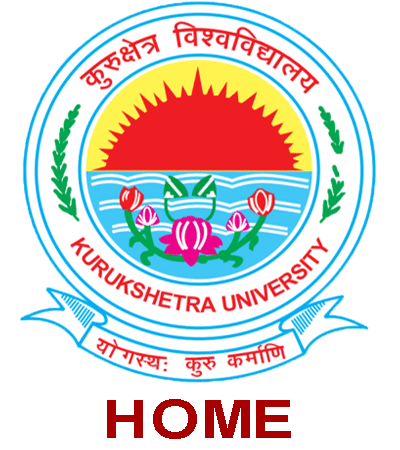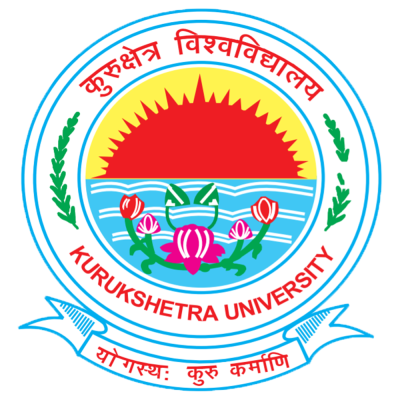Ongoing Research
Thrust area of research
- Seismic hazard assessment (Deterministic), strong motion seismology, Attenuation, Modeling and Inversion.
- Probabilistic seismic and tsunami hazard assessment, Coulomb stress modeling, study of seismic sequences.
- Remote Sensing & GIS applications for Earth Resources Survey with special reference to Hydro-geomorphology, water resources, watershed management, disaster management and
- Geo-environmental studies (site-response studies) and microzonation.
- Electrical resistivity imaging and EM-Magneto Telluric (MT) Studies
- Thermal and exhumation history of the Himalayan origin and Himalayan tectonics.
Details of Research work in the department:
(A) Earthquake Source Process and Hazard Studies:
(i) Earthquake ground motion simulation Studies:
Simulation of earthquake strong ground motions are required for the evaluation of seismic hazard of a region. An efficient technique for the simulation of earthquake strong ground motion has been developed in the department, which can be used in the regions where the use of other techniques may be problematic. This technique will be further improved by incorporating the site effects and concept of asperity and barrier model.
(ii) Earthquake source processes:
A simple methodology to estimate the earthquake source parameters, double couple fault plane solution, average effective shear wave attenuation parameter has been developed in the department. This method is particularly efficient in the study of small earthquakes that may have been recorded locally at a smaller number of seismological observatories. This method will be used to develop regional scaling relations of earthquake source parameters. Moment rate function studies are also planned for earthquake occurring in Himalaya region using empirical green’s function approach on broadband data.
(iii) Fractal and Multifractal based studies
is being carried out to understand the evolving pattern of seismicity in different regions of India including Himalaya.
(iv) Probabilistic seismic and tsunami hazard assessment (PSHA and PTHA):
A detail probabilistic seismic hazard has been carried out for whole Himalaya using most reliable stochastic techniques. The PSHA maps of Peak Ground Acceleration (PGA) and different spectral accelerations for the whole India and Himalaya have been prepared for the different return periods (i.e. probability of exceedances) at different site classes. This work is being extended using zone-free and active faults models.
Tsunami Hazard assessment for the Pacific as well as the Indian Ocean using the conditional probability method and Bayesian statistics. This is the first kind of study in India, in which I have estimated recurrence rates of particular tsunami threshold intensity (i.e run-up heights, Havg) in the Indian and Pacific Ocean region using statistical models like Weibull, Gamma, Lognormal and Bayesian statistics. A brief atlas of tsunami hazard maps for the Pacific Ocean (including Indonesia) has already been prepared, showing the conditional probabilities of different tsunami intensities during next 10, 20, 50 and 100 years
(v) Coulomb stress modeling:
Coulomb stress modeling has been performed for 14 larger earthquakes (Mw≥6.5) in the NW Himalaya and adjoining regions. This analysis for three recent large earthquakes (1991 Uttarkashi, 1999 Chamoli and 2005 Kashmir) reveals that if any large earthquake occurs in the Himalayan Frontal thrust belt, then the aftershocks hazard (triggering) will be high at the up-dip edge of the rupture plane towards south within Indian crust. This modeling has been also carried out for three seismic sequences (2007 Talala of Gujarat, 2008 Balochistan of Pakistan and 2011 Van of Turkey) which shows that significant seismicity (aftershocks) was triggered due to transfer of Coulomb stress by rupture of the mainshock. I have also developed a viscoelastic coulomb stress model for January 26, 2001 Bhuj earthquake using different finite slip models. This model was able to explain how this earthquake is triggering aftershocks/earthquakes remotely in the Gujarat region even after 13 years of the occurrence of the 2001 mainshock.
(vi) Micro-tremor and Site Response studies:
Microtremor, also called as earth noise, is the summation of many seismic signals which caused by various sources including the nature and man-made vibration energy. The major advantage of microtremor survey is the less cost, fast, convenient, and easy to analyze. The microtremor data is very easy to obtain than the traditional strong ground motion data which require installing acceleration seismometers for many years. Microtremor survey is very efficient, especially in the urban area where the seismic reflection survey and drilling wells are not easy to be done.
Microtremore measurement study has been performed for Kurukshetra and Panchkula city and we calculated predominant frequency, site amplification function, 1-D shear wave velocity (Vs30), vulnerability index. The detail mapping of these parameters on spatial maps reflect potential hazardous zones.
The department has a plan for a research program in MT and EM methods.
(B) Geoinformatics for Earth Resources Studies
Haryana is an agriculture dominant state so this becomes imperative to monitor the health of water resources more scientifically. It has been observed that the ground water table is declining in fresh ground water areas in the state such as Yamuna Nagar, Karnal, Kurukshetra, Ambala, Panchkula districts in north and Mahendergarh, Gurgaon and Rewari districts in south whereas it is having upcoming trend in areas having poor ground water quality such as Rohtak, Hisar, Bhiwani, Jind and Sirsa districts in central Haryana. This requires immediate attention for monitoring the health and extent of the reservoirs. The Geoinformatics technology can help very effectively in this cause by integrating remote sensing, geophysical and field data. The department has carried out work in this direction in some districts by hydrogeomorphological mapping for ground water potential areas demarcation in the last few years. The need is to do integrated ground water resources mapping by integrating ground water prospects maps derived from remote sensing data with the depth to water level, ground water quality and ground water fluctuation along with electrical resistivity data. This will help in identification of potential areas for further ground water exploitation and also the areas where there is an urgent need for providing alternating sources.
Collection of resistivity data in selected areas, which will be analyzed and put in to GIS for better understanding of subsurface geological control of the ground water regime. The data base will be integrated with the data available/ collected in the previous years. Digital database thus created will be used for identifying potential areas for further ground water exploration and the areas suffering critical ground water table declining. This analysis will help in suggesting suitable remedial measures.
(c) Fission track thermochronology: cooling and exhumation history of Himalayan rocks
Fission Track (FT) Dating has become one of the most important tools for geoscientists working in different fields of earth sciences. FT ages are determined by the external detector method with reference to an analyst-specific zeta calibration factor determined by multiple analyses of mineral age standards. Most of the work done so far has been confined to studying the exhumation and cooling history of the Higher Himalayan Crystalline (HHC) of NW Himalaya. Very limited work has been done from the other sectors of the Himalaya i.e. from the NE-Himalaya, Sikkim Himalaya and Lesser Himalaya. In addition to it, it is found that very few studies from the Peninsular India have been carried out. The department has plan to explore scopes of FT dating in these areas.
Haryana
Copyright © 2020 Kurukshetra University, Kurukshetra. All Rights
Reserved.
Powered by: Dexpert Systems
Pvt Ltd

